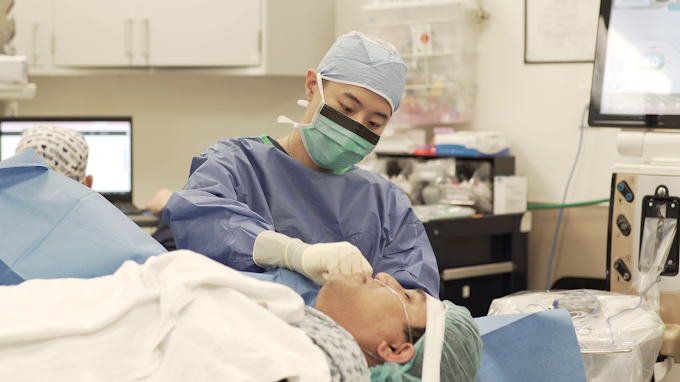
All About Cataract Surgery
Advanced Cataract Surgery
If you have a cataract impairing your vision, you have the potential to see much better with cataract surgery. Cataracts are a natural clouding of the lens that progresses with age. Modern cataract surgery can be thought of as a lens replacement surgery with a prosthetic lens implant. In doing so, blurry vision as a result of cataracts may be restored.
At present, cataract surgery is the most commonly performed surgery in the United States every year. It is considered a low risk, ambulatory surgery, and recovery is generally very quick. Cataract surgery on average, takes about 20 minutes for the surgical procedure.
Which one is right for you?
At present, there are two surgical options for cataract surgery:
“Traditional” Phacoemulsification (ultrasound-driven) Cataract Surgery
Femtosecond Laser-Assisted Cataract Surgery (FLACS).
How do you decide which type of cataract surgery is right for you?
Here are some things you should understand about both kinds of cataract surgery. Talk with your ophthalmologist about which is best for you.
Femtosecond Laser-Assisted Cataract Surgery (FLACS)
Customized, laser-precise incisions that facilitate gentler removal of cataracts.
Able to correct for astigmatism at the time of surgery, allowing for better vision after surgery, with less dependence on glasses. Most patients after FLACS do not need glasses to drive or watch a movie, and only need to wear OTC reading glasses for close-up activities.
Improved precision and safety, as well as a quicker recovery.
Traditional Phacoemulsification Cataract Surgery
A small blade (keratome) is used to cut into the eye, and ultrasound energy vibrates and liquifies the cataract to allow for removal.
Does NOT correct for astigmatism at the time of surgery
Grants a patient excellent vision with glasses
Technical Details
How is laser-assisted cataract surgery done?
At present, the world’s most advanced method of performing cataract surgery is Femtosecond Laser-Assisted Cataract Surgery (FLACS).
FLACS surgery is blade-less; incisions are made using the femtosecond laser, allowing for micron-level precision cuts; more precise than any human hand ever could. The laser is computer-controlled, and your surgeon will customize the laser treatment for your eyes only. This custom laser treatment also automates some of the most difficult parts of cataract surgery, making surgery safer and more precise than what was previously humanly possible.
The femtosecond laser is used by the surgeon to create a perfectly circular, centered opening in the capsule containing the cataract. The surgeon also uses laser energy to soften the cataract. Vacuum energy is then used to remove those pieces out of the eye. The surgeon then places the IOL in the eye. Stitches are usually not required.
FLACS surgery is not covered by most insurance plans, and comes at an upgrade fee. In specific situations, it may provide some advantages.
How is phacoemulsification cataract surgery done?
Standard, “traditional” cataract surgery, by phacoemulsification, is one of the most commonly performed surgeries in the world. It is recognized as safe and effective. Phacoemulsification cataract surgery involves using a small specialized scalpal blade (called a keratome) to make an incision in the eye; an ultrasound machine is then used to liquify the cataract; a vacuum probe then sucks out the liquefied cataract. The surgeon then places a prosthetic intraocular lens implant in the eye. The surgeon then closes the incision with a special liquid and the wound will self-seal. Stitches are commonly not needed.
How do I get rid of Cataracts?
Cataracts form as part of natural age-related changes to lens in the eye. These normal eye changes begin to happen around age 40, when many people start to need reading glasses or bifocals. Proteins in the lens start to break down, and as the lens become more cloudy, this is called a cataract. Cataracts are very common among adults 60 and older; though they may occur sooner with medical conditions like diabetes, autoimmune conditions, after using certain medications such as steroids, or a history of smoking. A history of head trauma may also cause a cataract to form years later.
The only way to fix a cataract is through cataract surgery.
Depending on the type of cataract, it may look different between eyes or people.
Further Reading at the American Academy of Ophthalmology

